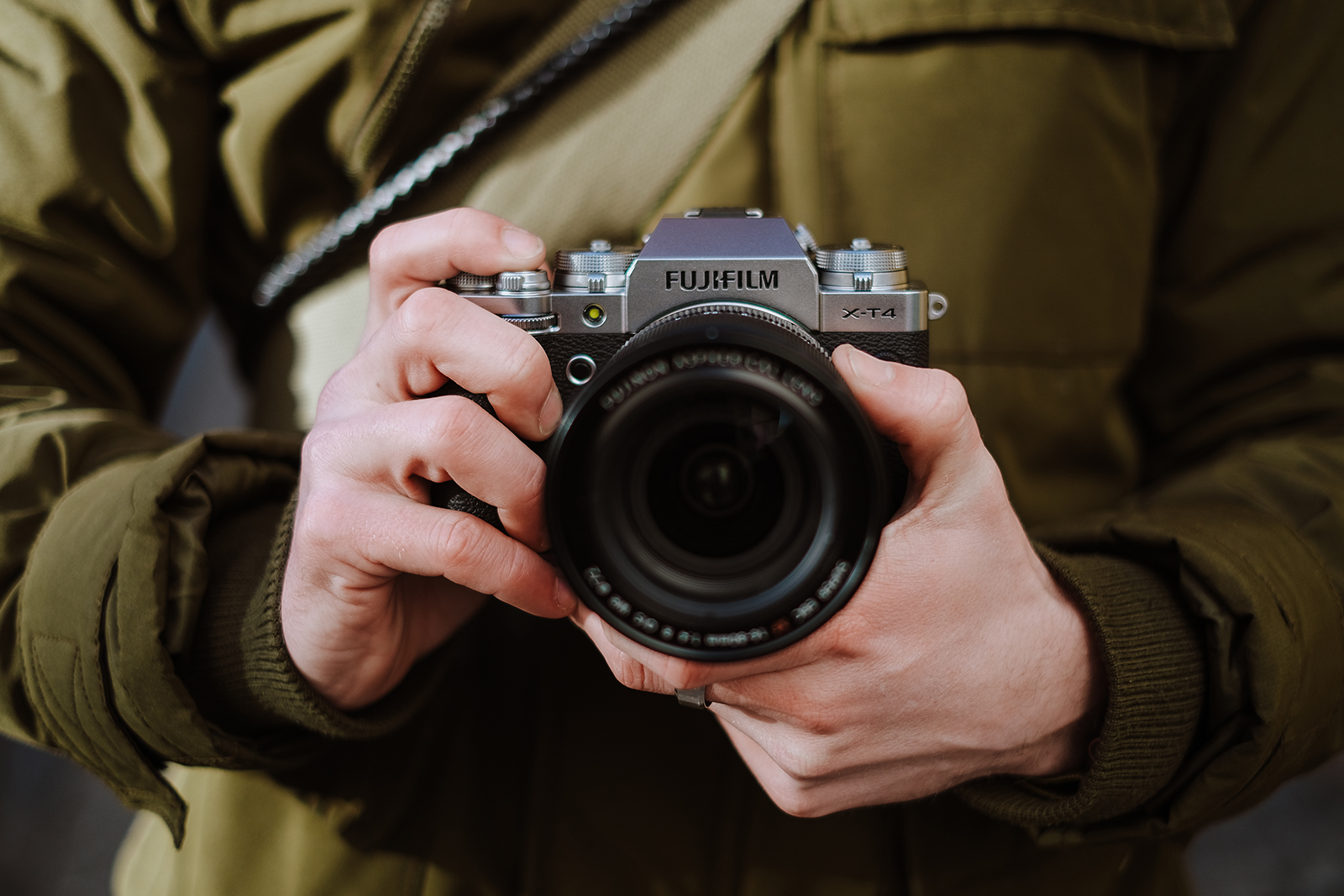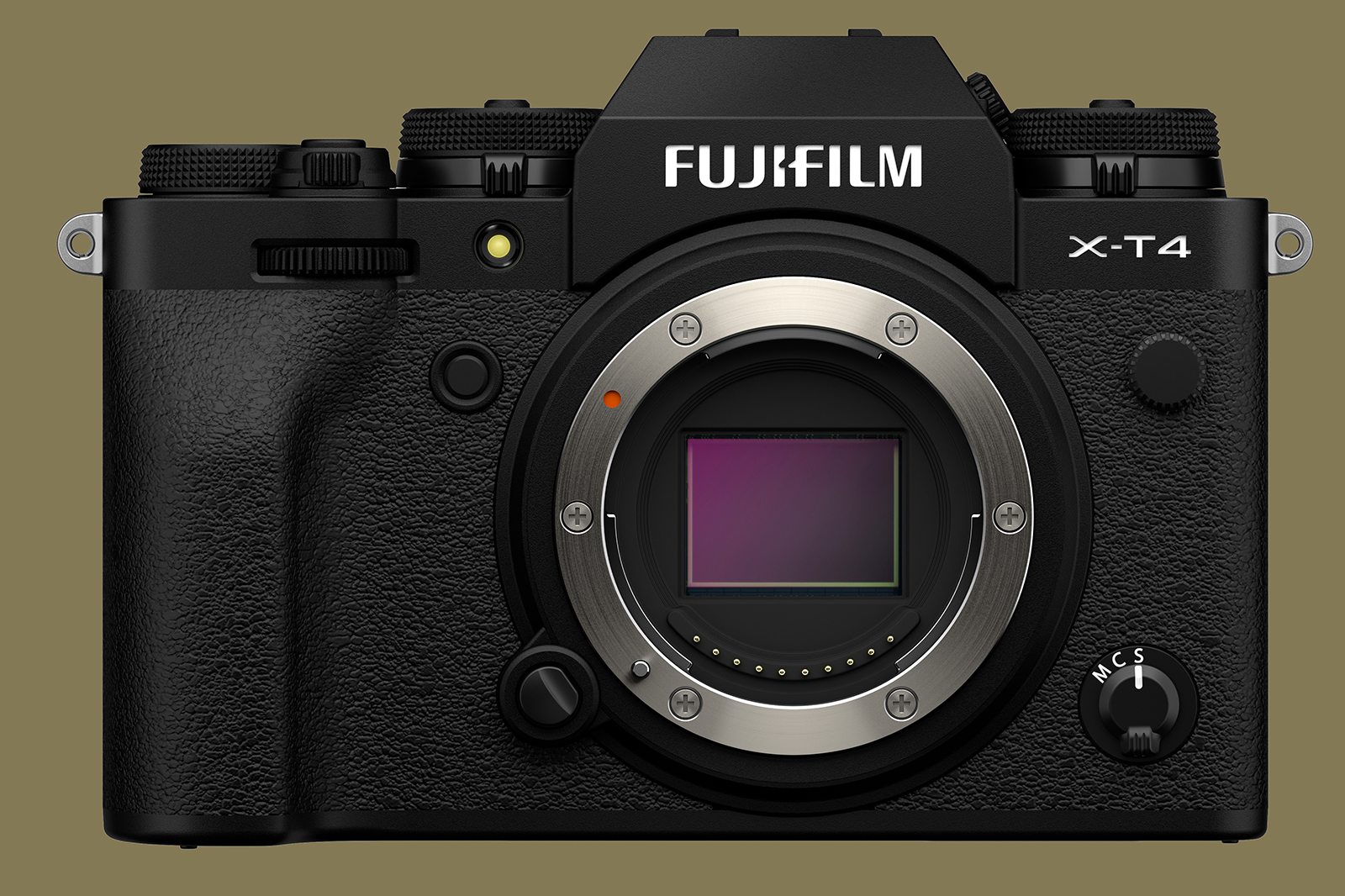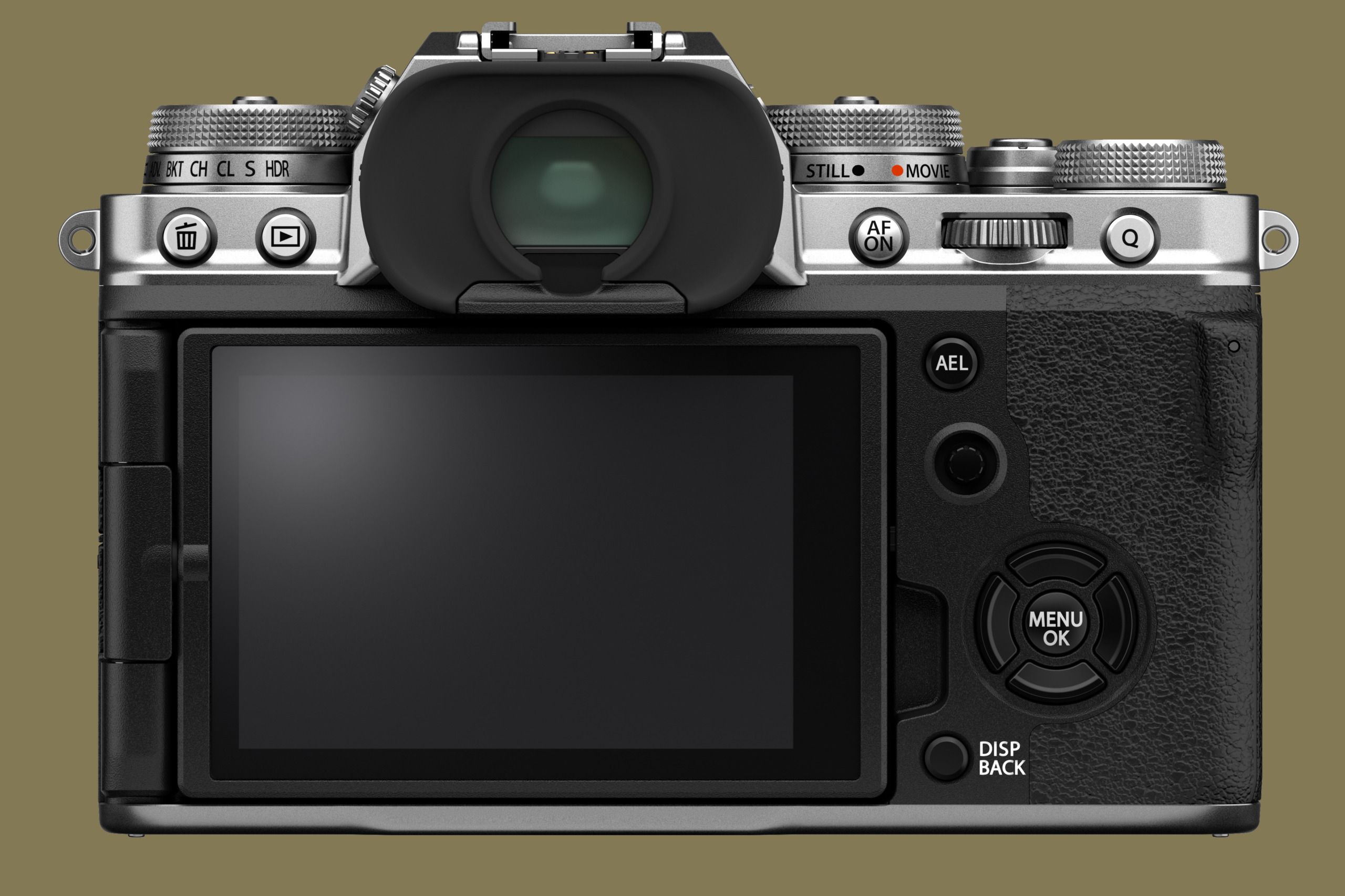Look what we have here. Fujifilm just announced the X-T4, the company’s flagship mirrorless camera, and we’re already excited about what might be the perfect camera. The X-T4 brings not one but three highly requested features to the X-T lineup: It recycles much of the X-T3’s tech, but adds in-body image stabilization (IBIS), a fully articulating monitor, a higher-capacity battery, and more to the compact body.
The X-T4 keeps the same sensor and processor as the X-T3, the 26-megapixel X-Trans CMOS 4 and multi-core X-Processor 4, but two of the upgrades — the IBIS system and a new shutter — will have an impact on performance and image quality.
The 5-axis sensor-shift stabilization is rated for up to 6.5 stops of shake reduction when paired with certain XF lenses. For still or slow-moving subjects, that system will allow photographers to shoot at slower shutter speeds and lower ISOs, thus reducing noise in situations where a high ISO would otherwise be required.
Despite the processor remaining unchanged, a new mechanical shutter pushes the burst speed to 15 frames per second. Fujifilm says the new shutter is also the most durable to come to the X-series and is rated for 300,000 actuations.

A new film simulation mode, Eterna Beach Bypass, is also included, adding a desaturated but contrast-heavy look that’s based on the once-popular film development technique.
As a flagship for the X-series, the X-T4 uses an autofocus system that’s rated to shoot in dimly lit environments down to -6 EV. Fujifilm says those same low-light limits work with autofocus tracking when shooting video, but real-world performance is needed to confirm that claim.
Slow-motion, a vari-angle screen
For video shooters, the X-T4 carries over the same 4K specifications as the X-T3, including internal 10-bit F-log recording and frame rates up to 60 fps. However, Full HD frame rates are now as high as 240 fps, offering 10x slow-motion when played back at 24 fps. As with 120 fps mode on the X-T3, we expect this new high frame rate mode will incur a crop, but Fujifilm has not stated how severe it will be.
Also of note to videographers, the LCD screen is now fully articulating, allowing it to face forward, vlog style. It can also be closed with its face against the body of the camera, either to protect it or simply to remove the distraction of “chimping” while shooting.
The screen’s resolution has seen a slight increase to 1.62 million pixels, while the electronic viewfinder remains the same at 3.69 million pixels.
Finally, a new battery offers extended life of up to 600 exposures in economy mode. That should also mean improved performance for video shooters. The X-T3’s battery was rated for 390 exposures.
All of these new features do mean the X-T4 sees a small jump in weight to about 21 ounces. That minor weight difference is likely worth the added stabilization and bigger battery, features that keep Fujifilm in competition with Sony.
The camera will begin shipping this spring, with a price of $1,700 (body only). Not sure if the upgrade is right for you? Read our X-T4 versus X-T3 comparison to see how the cameras stack up.






